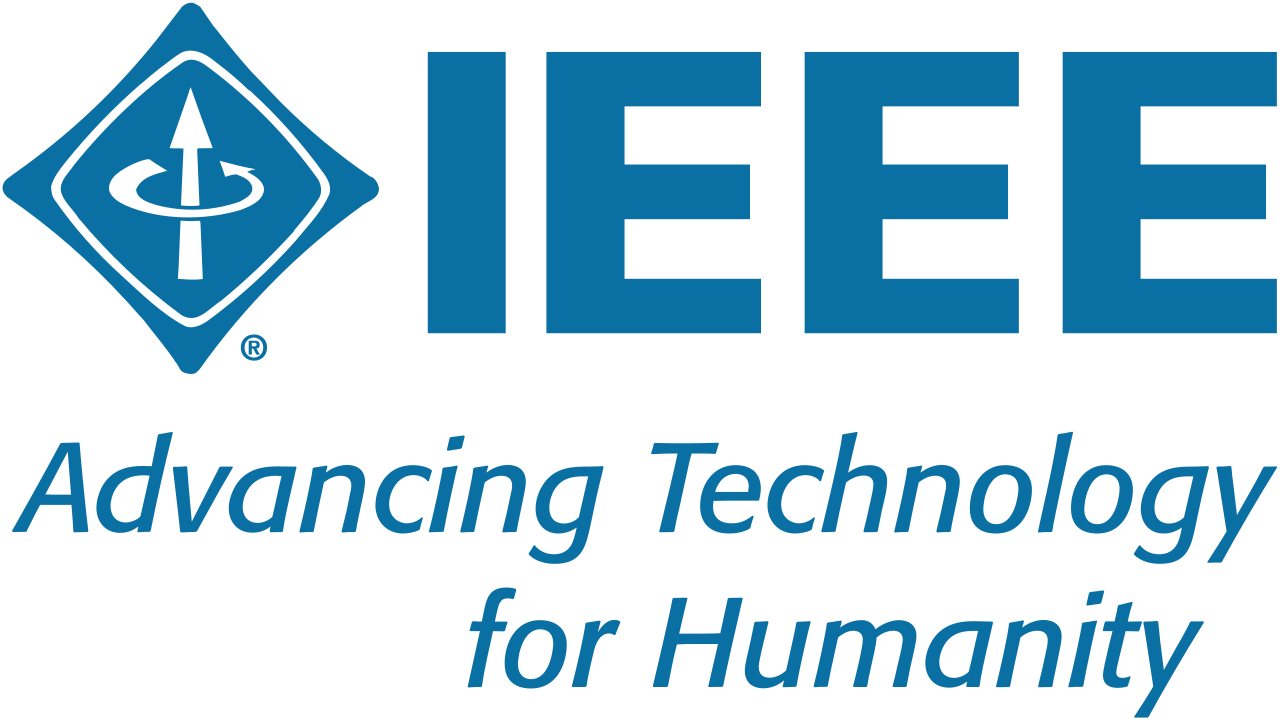Recommender Systems using Hybrid Demographic and Content-Based Filtering methods for UMKM Products
Abstract
Marketing digitization such as e-commerce is needed by micro, small and medium enterprises (UMKM) in Bogor City and Regency so that the products are more easily accessible to consumers. One of the digital marketing that is commonly used by consumers is an e-commerce website. The Recommendation System is implemented into e-commerce websites to increase consumer convenience in online shopping. The recommendation systems method applied is Demographic Filtering and Content-based Filtering. Demographic Filtering uses IMDB Weighted Rating calculations which generate recommendations globally and give recommendations based on each product's IMDB Weighted score. Content-based Filtering uses Cosine Distance calculations which generate personal recommendations and give recommendations based on the score cosine distance of each product in the form of a presentation of the similarity of products that have been purchased with other products. This research uses 107 UMKM fashion and craft product data that was obtained from Bogor City Regional Craft Center which sells various kinds of UMKM products from Bogor City and Regency. Data preprocessing is then carried out on the raw data, with the Data Cleaning, Data Transforming and Data Splitting stages which divide the data in a ratio of 80:20. The accuracy of Demographic Filtering Recommendation System reaches 82.7% and Content-based Filtering Recommendation System reaches 100%.
Keywords
References
T. Sudrartono et al., Kewirausahaan Umkm Di Era Digital. 2022.
B. Susanto, A. Hadianto, F. N. Chariri, M. Rochman, M. M. Syaukani, and A. A. Daniswara, “Penggunaan Digital Marketing untuk Memperluas Pasar dan Meningkatkan Daya Saing UMKM,” Community Empowerment, vol. 6, no. 1, 2020, doi: 10.31603/ce.4244.
A. Yasmin, S. Tasneem, and K. Fatema, “Effectiveness of Digital Marketing in the Challenging Age: An Empirical Study,” The International Journal of Management Science and Business Administration, vol. 1, no. 5, 2015, doi: 10.18775/ijmsba.1849-5664-5419.2014.15.1006.
Akbar, N. Diana, and Afifudin, “Analisis Kinerja Keuangan Perusahaan Sebelum Dan Sesudah Penerapan E-Commerce (Studi Pada Perusahaan Sub Sector Retail Trade Dalam Index Saham Syariah Indonesia (Issi) Di Bursa Efek Indonesia),” Jurnal Ilmiah Riset Akuntansi, vol. 10, no. 03, pp. 23–32, 2021.
M. Septiani, R. Aulianita, V. Sofica, and N. Hasan, “Sistem Informasi Penjualan Kayu Kusen Berbasis Website,” Bianglala Informatika, vol. 9, no. 2, 2021, doi: 10.31294/bi.v9i2.11603.
P. Melville and V. Sindhwani, “Recommender Systems 1 Definition,” Ime.Usp.Br, pp. 1–21, 2017, [Online]. Available: https://www.ime.usp.br/~jstern/miscellanea/seminario/Melville1.pdf%0Ahttp://vikas.sindhwani.org/recommender.pdf
E. Çano and M. Morisio, “Hybrid recommender systems: A systematic literature review,” Intelligent Data Analysis, vol. 21, no. 6. 2017. doi: 10.3233/IDA-163209.
J. Chicaiza and P. Valdiviezo-Diaz, “A comprehensive survey of knowledge graph-based recommender systems: Technologies, development, and contributions,” Information (Switzerland), vol. 12, no. 6, Jun. 2021, doi: 10.3390/info12060232.
M. Johari and A. Laksito, “The Hybrid Recommender System of the Indonesian Online Market Products using IMDb weight rating and TF-IDF,” Jurnal RESTI (Rekayasa Sistem dan Teknologi Informasi), vol. 5, no. 5, 2021, doi: 10.29207/resti.v5i5.3486.
D. Daniel, B. Mulyawan, and T. Sutrisno, “PEMBUATAN APLIKASI E-COMMERCE BERBASIS WEB DENGAN FITUR REKOMENDASI MENGGUNAKAN METODE CONTENT-BASED FILTERING,” Jurnal Ilmu Komputer dan Sistem Informasi, vol. 10, no. 1, 2022, doi: 10.24912/jiksi.v10i1.17837.
X. Zhao, “A study on E-commerce recommender system based on big data,” in 2019 IEEE 4th International Conference on Cloud Computing and Big Data Analytics, ICCCBDA 2019, 2019. doi: 10.1109/ICCCBDA.2019.8725694.
H. Junaedi, H. Budianto, I. Maryati, and Y. Melani, “Data Transformation pada Data Mining,” Prosiding Konferensi Nasional Inovasi dalam Desain dan Teknologi, vol. 7, pp. 93–99, 2011, [Online]. Available: https://ideatech.stts.edu/proceeding2011/12-000113_INF Hartarto p93-99.pdf
S. A. Alasadi and W. S. Bhaya, “Review of data preprocessing techniques in data mining,” Journal of Engineering and Applied Sciences, vol. 12, no. 16, 2017, doi: 10.3923/jeasci.2017.4102.4107.
X. Ding, H. Wang, G. Li, H. Li, Y. Li, and Y. Liu, “IoT data cleaning techniques: A survey,” Intelligent and Converged Networks, vol. 3, no. 4, pp. 325–339, Dec. 2022, doi: 10.23919/ICN.2022.0026.
D. Singh and B. Singh, “Investigating the impact of data normalization on classification performance,” Appl Soft Comput, vol. 97, Dec. 2020, doi: 10.1016/j.asoc.2019.105524.
R. R. Picard and K. N. Berk, “Data splitting,” American Statistician, vol. 44, no. 2, pp. 140–147, 1990, doi: 10.1080/00031305.1990.10475704.
M. Naufal et al., “Implementasi Sistem Rekomendasi Makanan pada Aplikasi EatAja Menggunakan Algoritma Collaborative Filtering,” Multinetics, vol. 7, no. 2, 2021.
R. Singh and S. Singh, “Text Similarity Measures in News Articles by Vector Space Model Using NLP,” Journal of The Institution of Engineers (India): Series B, vol. 102, no. 2, 2021, doi: 10.1007/s40031-020-00501-5.
DOI: 10.33751/komputasi.v21i1.8991
 Abstract views : 488
Abstract views : 488
Refbacks
- There are currently no refbacks.

This work is licensed under a Creative Commons Attribution 4.0 International License.









